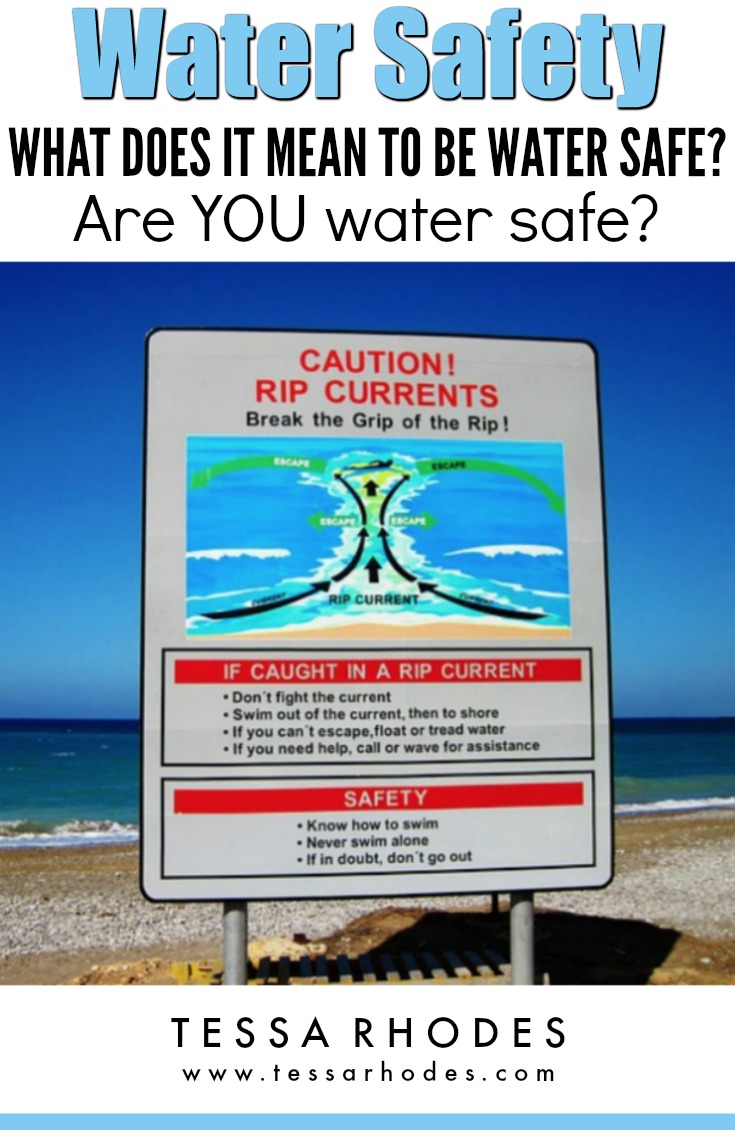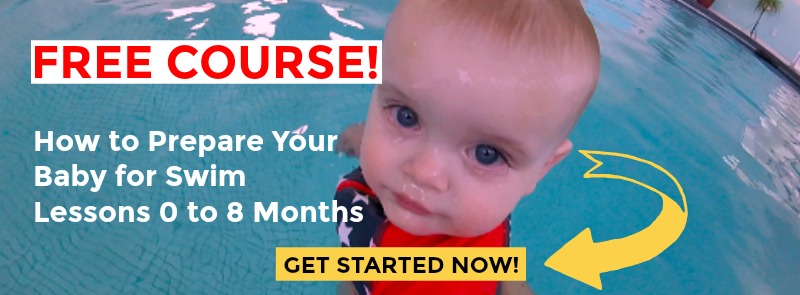
What does it mean to be water safe?
No one is entirely and completely water safe in every situation. Not even the most confident swimmer in the world.
Accidents happen. Many swimming pools are constructed with very hard materials such as concrete or tile.
A child or an adult can accidentally fall in and hit their head and lose consciousness while completely immersed.
And then there are those of us who don’t make the best decisions.
I’ll admit it; I am one of those people. When I was 24 years old, I didn’t look before diving in, so I scraped the bridge of my nose and forehead on entry.
I had hiked to a beautiful watering hole while vacationing in Hawaii.
You couldn’t see through the dark and murky water to the bottom. So there was no way of knowing how deep it was. Why was it so dark and murky you ask? I couldn’t tell you.
Many people were swimming a little further beyond my vantage point. It looked very deep where they were, so I thought it would be okay to dive in.
I love diving, so I went for it. I did a shallow angle dive, probably because a part of me thought that I shouldn’t be diving in when I am unaware of the depth of the water.
At least the decision to make it a shallow dive saved me from hitting the rocky bottom head-on.
Accidents and bad decision-making can cripple or drown even the strongest most confident swimmers.
Educate and protect yourself and your family from accidents, and poor choices by:
- Being familiar with water safety rules.
- Following the rules.
- Making sure you and everyone in your family can swim well enough to self-rescue, in other words, to be water safe.
Would you be able to get back to safety without panicking if someone pushed you into the deep-end of a pool?
If so, then consider yourself water safe at least in a pool.
Would you also be able to tread and back float long enough for a rescue team to arrive, because you were swimming in the ocean and the current swept you out so far that you needed help?
If so, then consider yourself a strong, confident swimmer that wasn’t able to self-rescue in this scenario. It would’ve been best to choose to stay close to the shore.
So the answer to the question remains the same. No one is entirely and completely water safe in every situation. So make sure you do everything you can to prevent accidents and keep your family safe.
In addition to enclosing your pool and/or spa with a barrier to prevent children from entering, teach your children the water safety rules: water safe
- Look before you leap – hopefully, they’ll learn this before they graduate college.
- Swim as a pair near a lifeguard’s chair – always always swim with a buddy and with close adult supervision. Stay within arms reach of young and inexperienced swimmers.
- Be cool, follow the rules – obey those pool rules. They’re in place to keep you safe.
- Don’t just pack it, wear your jacket – especially when boating. And don’t rely on water wings or other inflatables. None of them prevent drowning.
- In your house and in your yard, watch for water, be on guard – this includes toilets, bathtubs, buckets of water, kiddie pools, swimming pools, spas, ponds and nearby lakes and rivers just to name a few.
- Think before you sink – float on your back when you get tired from swimming or treading.
And last but not least make sure that you and everyone in your family can swim well enough to be able to self-rescue in the case of an accidental submersion.
For more kid-friendly rhyming rules and information on preventing accidents to keep you and your family safe, get the free water safety app. For the iTunes app store click here and for Google Play click here.
If you have any thoughts on the subject or experiences that you would like to share, I would love to hear from you.
Love the water,
Tessa
P.S. Get the FREE water safety app to help ensure your family stays safe in, on and around the water. It includes kid-friendly videos and quizzes. Search the iTunes app store for Swim by American Red Cross or click here. For Google Play you can use the same search parameters or click here. It provides the latest in water safety guidance to help ensure your family stays safe in, on and around the water.
P.P.S. To start your child on the path to becoming water safe, click here.


Leave a Reply